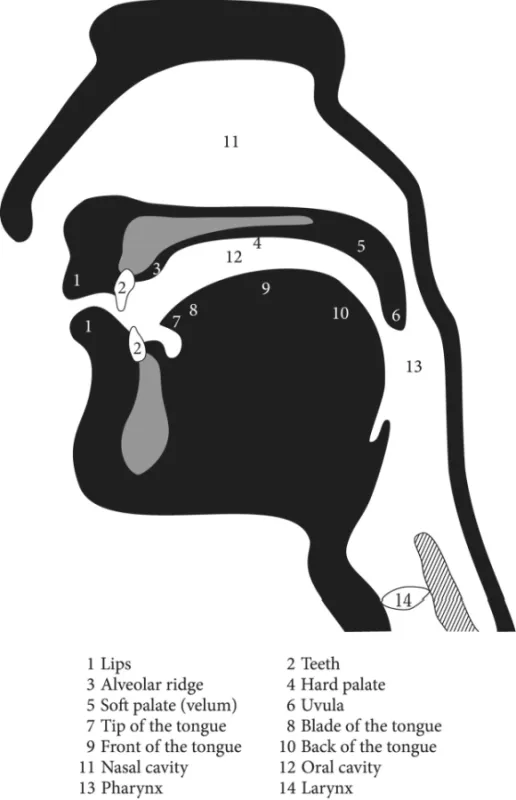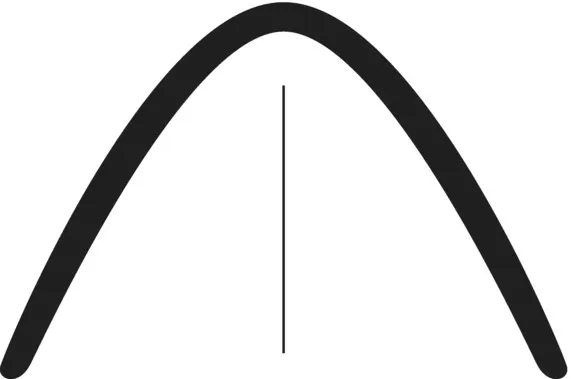
English Phonetics and Phonology
An Introduction
Philip Carr
- English
- ePUB (adapté aux mobiles)
- Disponible sur iOS et Android
English Phonetics and Phonology
An Introduction
Philip Carr
À propos de ce livre
A new edition of the popular introductory text on the phonological structure of present-day English.
A clear and accessible introductory text on the phonological structure of the English language, English Phonetics and Phonology is an ideal text for those with no prior knowledge of the subject. This market-leading textbook teaches undergraduate students and non-native English speakers the fundamentals of articulatory phonetics and phonology in an engaging, easy-to-understand style.
Rigorously expanded to include new materials on first and second language acquisition of English phonetics and phonology, this third edition, English Phonetics and Phonology boasts two new chapters on first-language and second-language acquisition of English phonetics and phonology. By introducing topics such as the mental lexicon and the emergence of phonological rules and representations, and graphophonemic problems in L2 acquisition, these two new chapters have been added to afford greater flexibility for teachers and increased support for non-native English speakers. Expanded website content includes exercise-linked sound files.
- Based on the author's 34 years of teaching English Phonetics and Phonology in the UK and France
- Includes coverage of various accents in English and second-language acquisition
- Hugely successful textbook for the introductory Phonetics course, now in its third edition
- References and exercises across all chapters to guide students throughout the work
- Provides access to companion website for additional learning tools, sound files, and instructor resources
English Phonetics and Phonology is an indispensable resource for undergraduate students in courses on Phonetics and Phonology with no prior knowledge of theoretical linguistics and non-native English speakers alike.
Foire aux questions
Informations


1
English Phonetics: Consonants (i)
1.1 Airstream and Articulation

